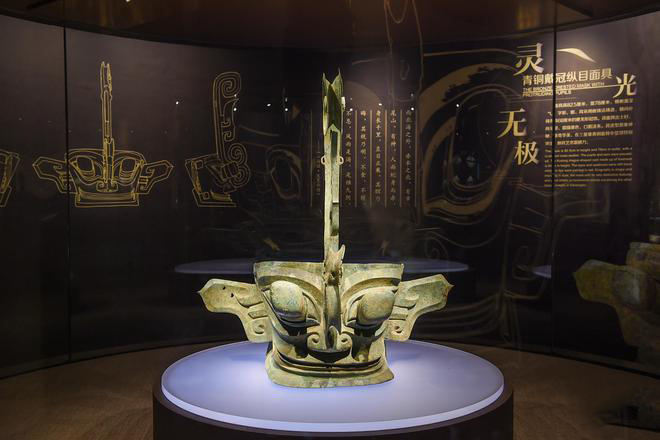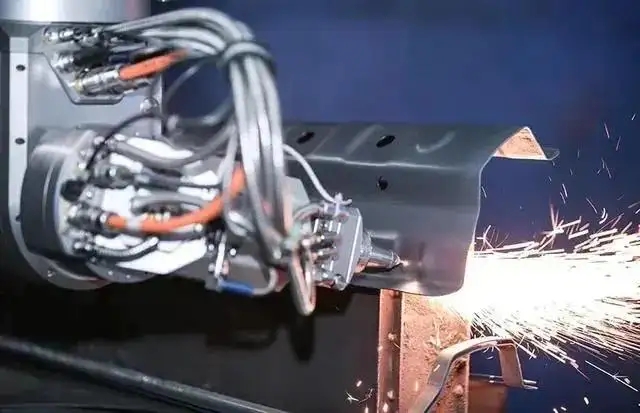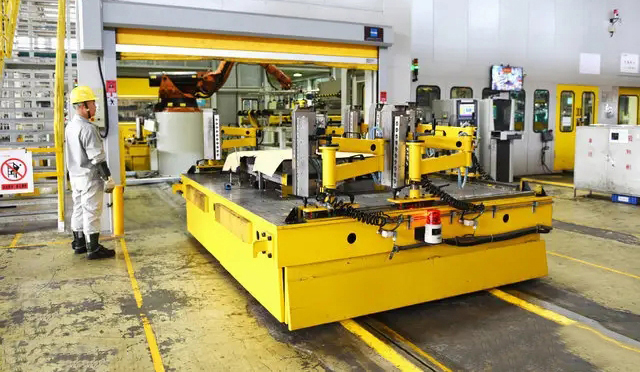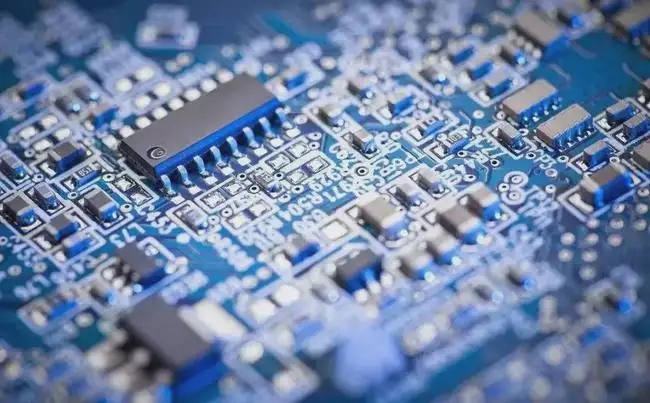Everywhere in our daily life we can see various products produced through crafts, from large aerospace to small crafts are created through different crafts. China has thousands of years of historical heritage, from the Terracotta Warriors and Horses found in Shaanxi Province to the Sichuan Dacheng Piluo site, Sichuan Guanghan Sanxingdui site sacrificial area, of which the Sanxingdui site sacrificial area unearthed tens of thousands of cultural relics, nearly complete ware over 24 million pieces, important cultural relics covering gold masks, bird-shaped gold foil ornaments, copper top honored kneeling human statue, bronze standing human statue, divine tree pattern jade congregation, etc. This historical discovery fully expresses the ancient Chinese At that time, the technical level of craftsmanship and exquisite handicraft, the development of the historical era, China's modern craft with epochal significance when the first Jiefang car off the line, in the backward modern craft through the purely manual build.

So what do we mean by process? Process refers to the techniques, methods and procedures used to manufacture a product. The process of forging a finished or semi-finished product by directly changing the shape, size, relative position and properties of the part in the machine building process is called the machine building process. It usually contains two parts: the manufacture of parts and the equipping of machines. Here we often come into contact with modern processes mainly laser cutting, stamping, etching three processes.

Laser cutting is the use of high power density laser beam irradiation of the material to be cut, so that the material is quickly heated to the vaporization temperature, evaporation of the formation of holes, with the movement of the beam on the material, the holes continuously formed a very narrow width of the slit, to complete the cutting of the material. Laser cutting is divided into four types: laser vapor cutting, laser melting cutting, laser oxygen cutting and laser light scribing and controlled fracture. Most of the laser cutting is controlled by CNC programs for operation or made into cutting robots. In the field of automotive manufacturing, modern factories are using highly intelligent laser cutting robots, Germany Volkswagen with a power level of 500W laser cutting a variety of complex body thin plate and various curved parts. The aerospace sector cuts special aerospace materials such as titanium alloys, aluminum alloys, nickel alloys, chrome alloys, stainless steel, beryllium oxide, composite materials, plastics, ceramics and quartz by laser cutting technology. In some specific processes laser cutting has scratches on the cut edges and produces burrs on the fine finish, so the stamping process becomes the scope of consideration.

Stamping is a forming process that relies on presses and dies to apply external forces to plates, strips, pipes and profiles to produce plastic deformation or separation to obtain workpieces of the desired shape and size (stampings). Stamping can be divided into separation process and forming process, and the production of forming process involves punching, bending, shearing, stretching, expanding, spinning, and correcting process flow. The actual application is wide, in the aviation military, machinery, agricultural machinery, electronics, information, transportation, medical appliances, daily appliances and light industry are involved in stamping processing, in which bicycles, watches, TV sets, recorders, video screen metal can shells, stainless steel tableware are completed through stamping processing. Stamping processing also produces the same disadvantages with laser cutting, such as cutting the edges with scratches, local burrs, too hard or fragile products can not be carried out through the process, and very time-consuming, relatively high cost, and in the process of precision instruments of high precision, micron-level tolerances, etching process was conceived.

Etching, also known as photo-chemical etching, is done by plate exposure, after development, the protective film of the area to be etched is removed, and the metal is exposed to a chemical solution during etching, using two positive shapes to dissolve the corrosion by chemical flooding grinding from both sides to form a bump or hollow molding effect. Chemical etching refers exclusively to controlled etching, a controlled processing method of metal by chemical methods. Etching technology is divided into wet etching and dry etching two ways, the earliest in the copper plate, zinc plate and other printed intaglio version of the use, after the technology continues to upgrade the development of aviation, machinery, chemical industry, electronic thin film parts also use the method, especially in the field of semiconductor process. The process can well solve the problem of burrs and edge scratches of the product, and the production time is shorter and the production cost is lower. Zollida etching process can be from thickness 0.03mm-2.0mm; etching tolerance can be controlled to a minimum of ±0.01mm, to meet the precision of etched products to tolerance micron level. With a wealth of practical experience, has the United States CHEMCUT etching line, Israel's light painting machine, France AUTOMA automatic roll-to-roll exposure machine and other internationally renowned brands of advanced production equipment, with imported materials, can be different materials for etching processing, is a set of precision etching, electroplating, electrophoresis, anodic oxidation, precision electroforming, vacuum diffusion welding as one etching solution provider We are an integrated etching solution provider.




